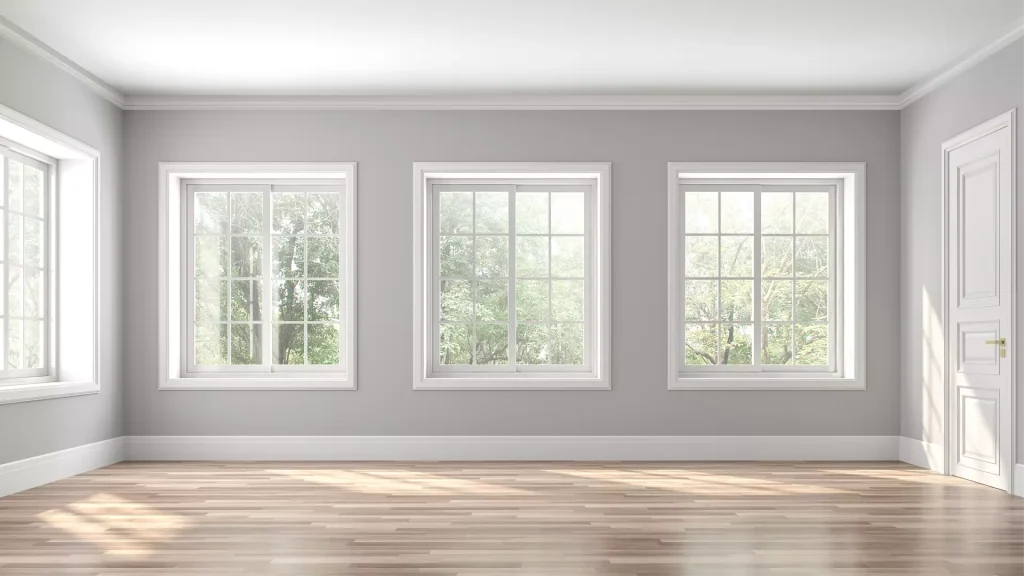Transform Your Small Sloped Garden with Creative Landscaping
Elevate Your Outdoor Space with Creative Landscaping for Small Sloped Gardens
Assessing the Terrain
Before embarking on a landscaping project for a small sloped garden, it’s crucial to assess the terrain and understand its unique challenges. Take note of the slope’s gradient, drainage patterns, and soil quality. This evaluation will guide your landscaping decisions and help determine suitable plantings and features.
Terracing for Functionality
Terracing is a highly effective technique for managing a sloped garden while creating distinct levels for different purposes. Build retaining walls or use natural stone to create terraces that not only prevent erosion but also provide flat surfaces for planting beds, seating areas, or pathways. Terracing adds visual interest and maximizes usable space.
Choosing the Right Plants
Selecting the appropriate plants is key to the success of a small sloped garden. Opt for erosion-resistant ground covers like creeping thyme, ornamental grasses, or low-growing shrubs that can anchor the soil on steep slopes. Consider native plants that thrive in your region and require minimal maintenance once established.
Creating Visual Focal Points
Incorporate visual focal points strategically to draw attention and create interest in your sloped garden. Install a cascading water feature, a sculpture, or a series of stepping stones leading up the slope. These elements break up the verticality of the terrain and add charm to the landscape.
Utilizing Retaining Walls
Retaining walls are essential for managing erosion and defining different garden zones in a small sloped space. Use retaining walls made of stone, brick, or timber to create level terraces and prevent soil from washing away during heavy rainfall. Retaining walls can also serve as seating areas or garden borders.
Implementing Steps and Pathways
Integrate steps and pathways into your small sloped garden to enhance accessibility and connectivity between different levels. Use materials like gravel, pavers, or natural stone to construct durable and visually appealing paths that blend harmoniously with the landscape.
Adding Lighting for Ambiance
Enhance the nighttime appeal of your sloped garden with strategic lighting. Install low-voltage LED lights along pathways, under trees, or around key features to illuminate the garden after dark. Lighting not only enhances safety but also creates a magical ambiance that extends the usability of the outdoor space.
Incorporating Vertical Gardening
Maximize vertical space by incorporating vertical gardening techniques in your sloped garden. Install trellises, arbors, or wall-mounted planters to grow climbing vines, flowering plants, or herbs. Vertical gardening adds depth and texture to the landscape while making efficient use of limited space.
Balancing Hardscape and Softscape
Achieve a harmonious balance between hardscape elements (such as paths, walls, and structures) and softscape elements (such as plants and trees) in your small sloped garden. Avoid overcrowding the space with too many features and maintain open areas to create a sense of spaciousness and tranquility.
Maintaining the Garden
Regular maintenance is essential for keeping your small sloped garden looking its best. Schedule routine tasks such as weeding, pruning, and mulching to preserve plant health and control erosion. Monitor the condition of retaining walls and pathways to address any maintenance issues promptly.
Transforming a small sloped garden into a beautiful and functional outdoor space requires creativity, careful planning, and attention to detail. By implementing these landscaping ideas, you can enhance the natural beauty of your garden while making the most of its unique terrain. Read more about small sloped garden ideas




